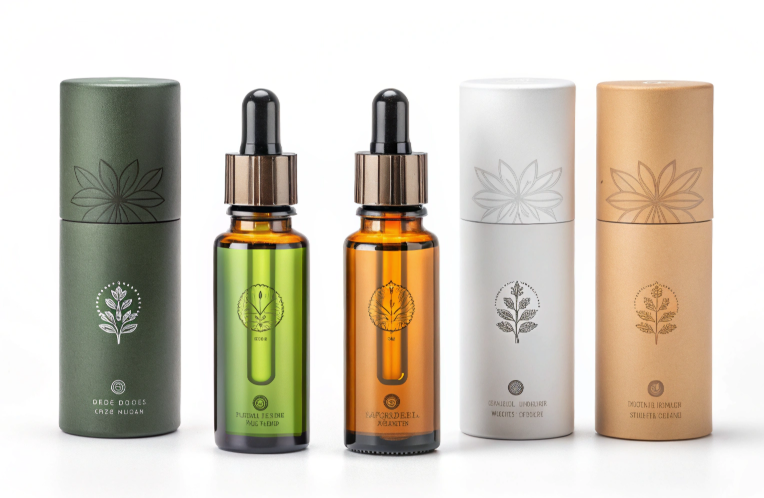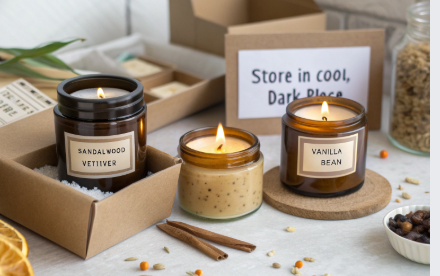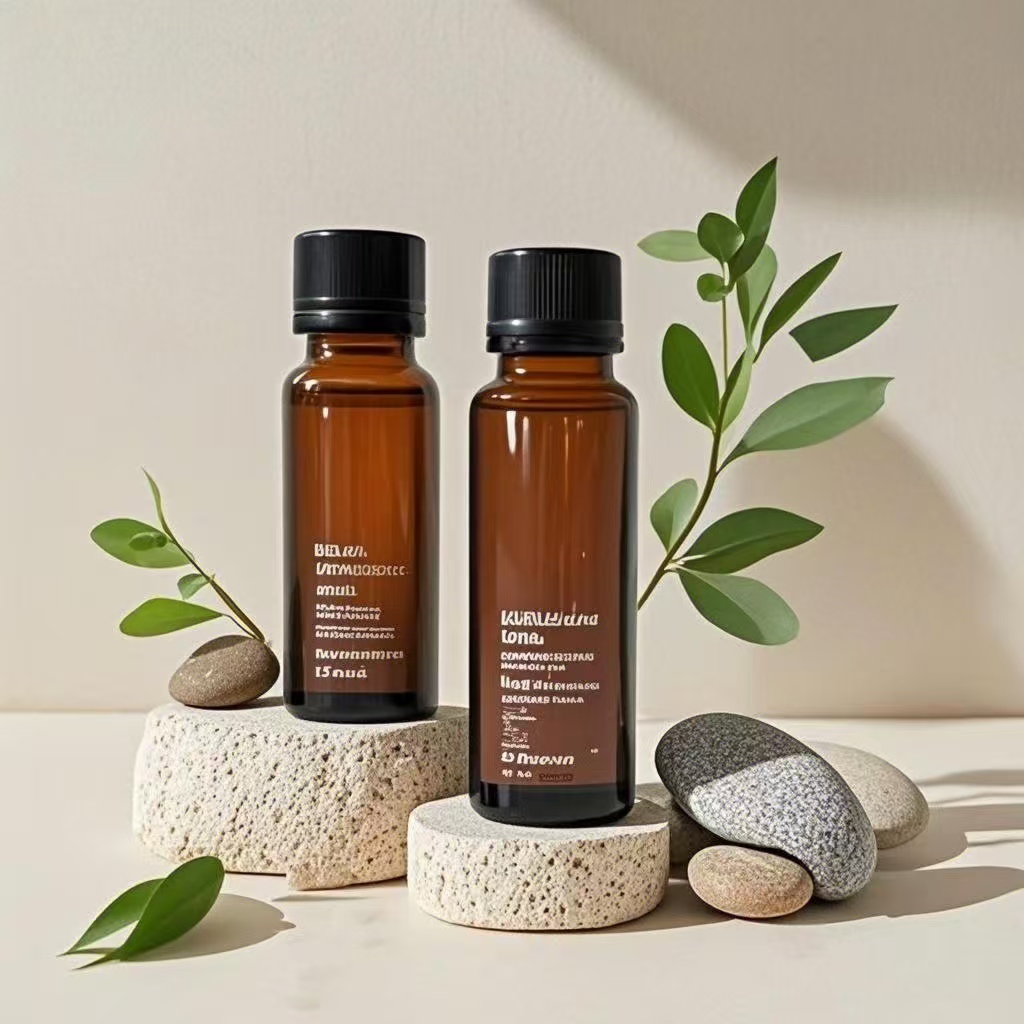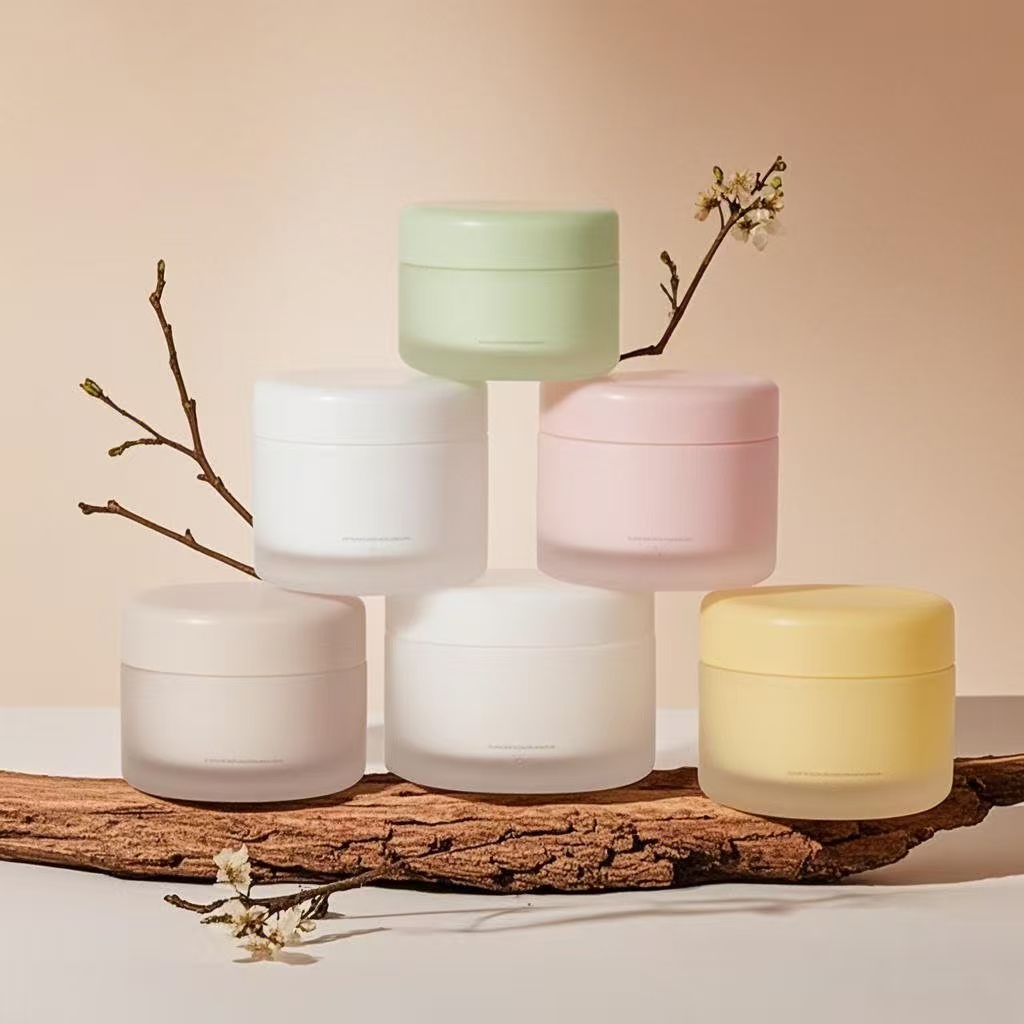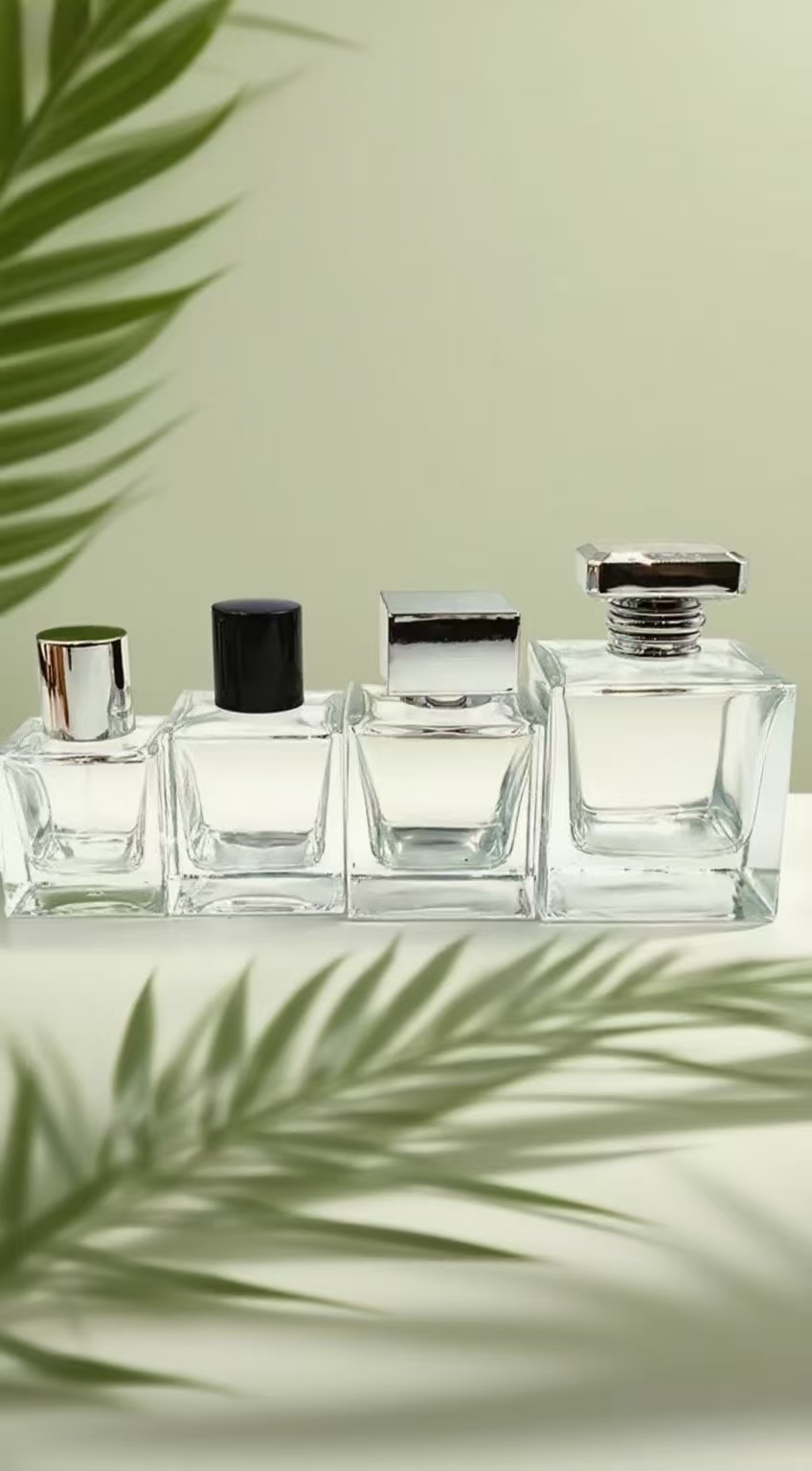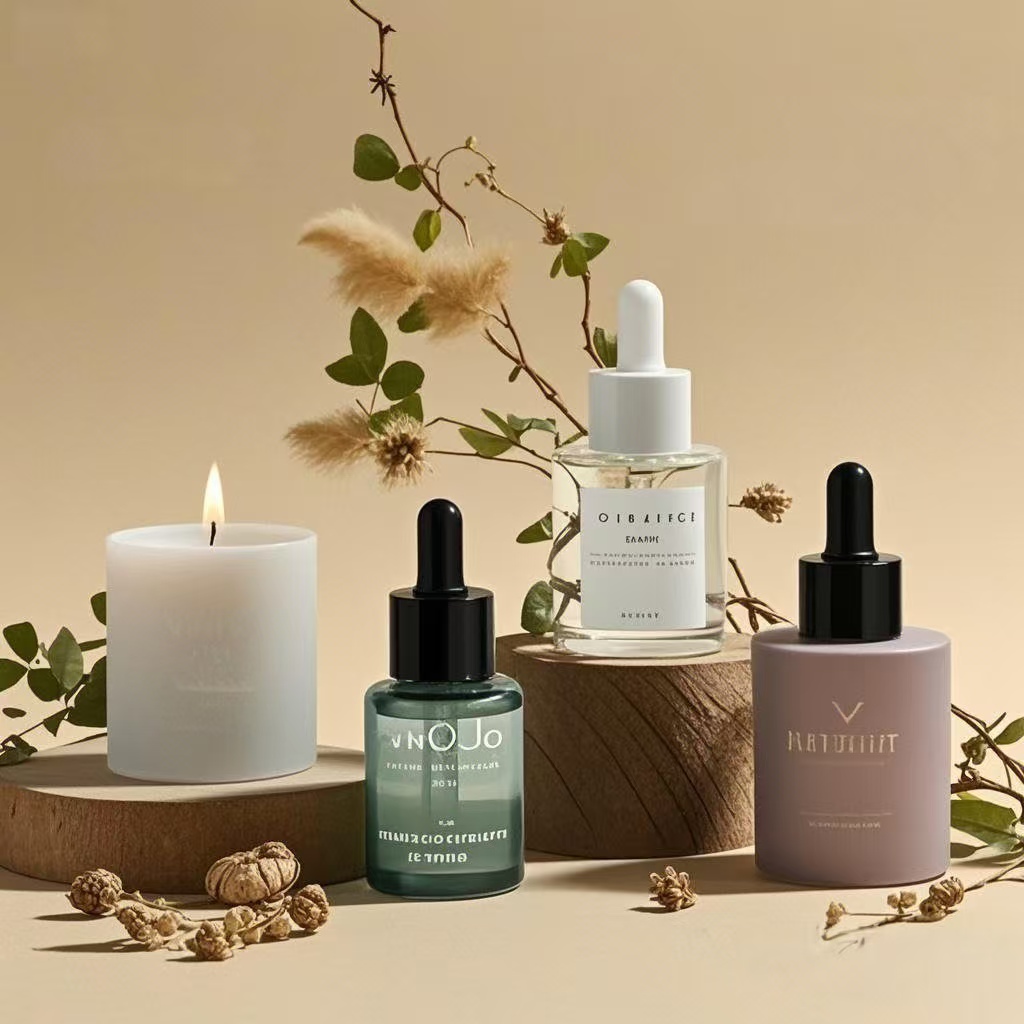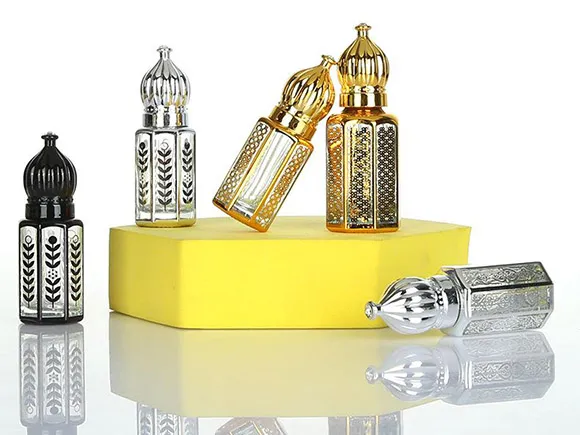Ever made a candle that smelled amazing—only to lose its scent after a few days? You're not alone.
To make essential oil fragrances last longer in candles, use the right wax-to-oil ratio, add oils at the correct temperature, and store finished candles in airtight, light-blocking containers.
Here’s how brands and DIYers alike can maximize scent retention and throw with natural essential oils.
How do you make essential oil candles smell stronger?
Essential oils are volatile—they evaporate quickly, especially when exposed to high heat.
To make essential oil candles smell stronger, use a generous oil concentration (6–10%), choose a slow-burning wax, and pour at a low enough temperature to preserve aroma.
Dive Deeper: Getting a Stronger Hot and Cold Throw
There are two types of scent performance in candles:
-
Cold throw – how the candle smells unlit
-
Hot throw – how it smells when burning
With essential oils, the challenge is retaining aromatic compounds through both.
Best Practices:
| Factor | Tip |
|---|---|
| Wax | Soy wax, beeswax, or coconut wax hold EO scents better than paraffin |
| Oil concentration | 6–10% by wax weight (too little = no throw, too much = wick issues) |
| Temperature | Add oils at 120–140°F (not above 180°F, or oils will flash off) |
| Stirring | Mix oils thoroughly for even distribution |
| Cure time | Let candles cure 7–10 days before use for full scent development |
At PauPack, we support candle brands with airtight amber glass jars, which protect oils from light and air, preserving scent longer on the shelf. We also offer custom-fit wooden lids and eco-friendly labels for a premium, natural aesthetic.
How to make essential oil scent last longer?
The problem isn’t just strength—it’s longevity. Essential oils can fade quickly over time, especially in open or poorly sealed candles.
To make essential oil scent last longer, store candles in sealed, opaque containers and avoid exposing them to heat, light, or air before use.
Dive Deeper: Long-Term Scent Retention Strategies
Essential oils are delicate by nature. Their chemical composition can break down under the wrong conditions—affecting both performance and customer satisfaction.
1. Choose Stabilizing Scents
Some essential oils fade faster than others. Base notes (like patchouli, vetiver, or sandalwood) are more stable and help anchor the blend.
2. Proper Candle Storage
-
Keep away from windows or warm rooms
-
Store in amber glass or matte metal tins
-
Use airtight lids to prevent evaporation
3. Optimize Wax-Oil Compatibility
Waxes like soy and coconut blend better with natural oils. Beeswax has scent-muting qualities and needs a higher ratio of oil.
4. Use Fixatives (optional)
Natural fixatives like benzoin resin or vanilla oleoresin can extend the scent duration without using synthetic stabilizers.
At PauPack, we help brands design packaging that locks in freshness—from custom-sealed jars to multi-layer eco-friendly cartons ideal for shipping and retail display.
What is the 30 50 20 rule for essential oils?
This “rule” helps build fragrance blends with depth and staying power—especially useful in candles or perfumery.
The 30/50/20 rule is a fragrance blending guideline: 30% top notes, 50% middle notes, and 20% base notes to create a balanced, long-lasting scent.
Dive Deeper: Blending for Performance and Longevity
When essential oils are used alone, their scent profile can be short-lived. By blending using this ratio, you can build a complex scent that evolves and endures.
Note Types:
| Type | Function | Examples |
|---|---|---|
| Top (30%) | First impression, fades quickly | Lemon, mint, eucalyptus |
| Middle (50%) | Heart of the scent, lasts longer | Lavender, rosemary, geranium |
| Base (20%) | Anchors the scent, lingers longest | Sandalwood, patchouli, cedarwood |
Candle Formulation Example:
A rosemary-lavender candle might follow this blend:
-
30% Eucalyptus (top)
-
50% Rosemary + Lavender (middle)
-
20% Patchouli (base)
The result is a scent that hits the nose in layers—lasting through multiple burns.
We often advise our clients at PauPack to consider this rule when selecting oils for private-label candles. Our labelling and packaging solutions can also call out scent structure, enhancing the customer's understanding and product value.
How to make candle scents last longer?
Scent longevity is part chemistry, part craftsmanship, and part packaging.
To make candle scents last longer, cure your candles properly, store them away from light and air, and use UV-blocking, airtight containers for best results.
Dive Deeper: A Shelf-Life Strategy for Candle Makers
Here’s how scent can degrade—and how to stop it:
Causes of Scent Fading:
-
UV exposure: Breaks down essential oil compounds
-
Air contact: Accelerates evaporation and oxidation
-
Heat and humidity: Destabilizes fragrance molecules
Action Plan:
| Step | Why It Works |
|---|---|
| Cure candles 7–14 days | Allows wax and oil to bind fully |
| Use amber glass containers | Blocks 97% of UV light |
| Add sealable wooden or metal lids | Traps aroma and protects oils |
| Include “use by” info on packaging | Educates consumers on best use window |
At PauPack, we offer custom candle jars in amber, matte black, and frosted finishes that elevate shelf appeal while extending scent life. For clients selling online or in humid climates, we also offer humidity-resistant labels and UV-blocking inserts to help products perform longer in the real world.
Conclusion
If you want your essential oil candles to wow customers from first sniff to last burn, it starts with the right blend, the right wax, and the right packaging to lock in those fragile fragrances.




